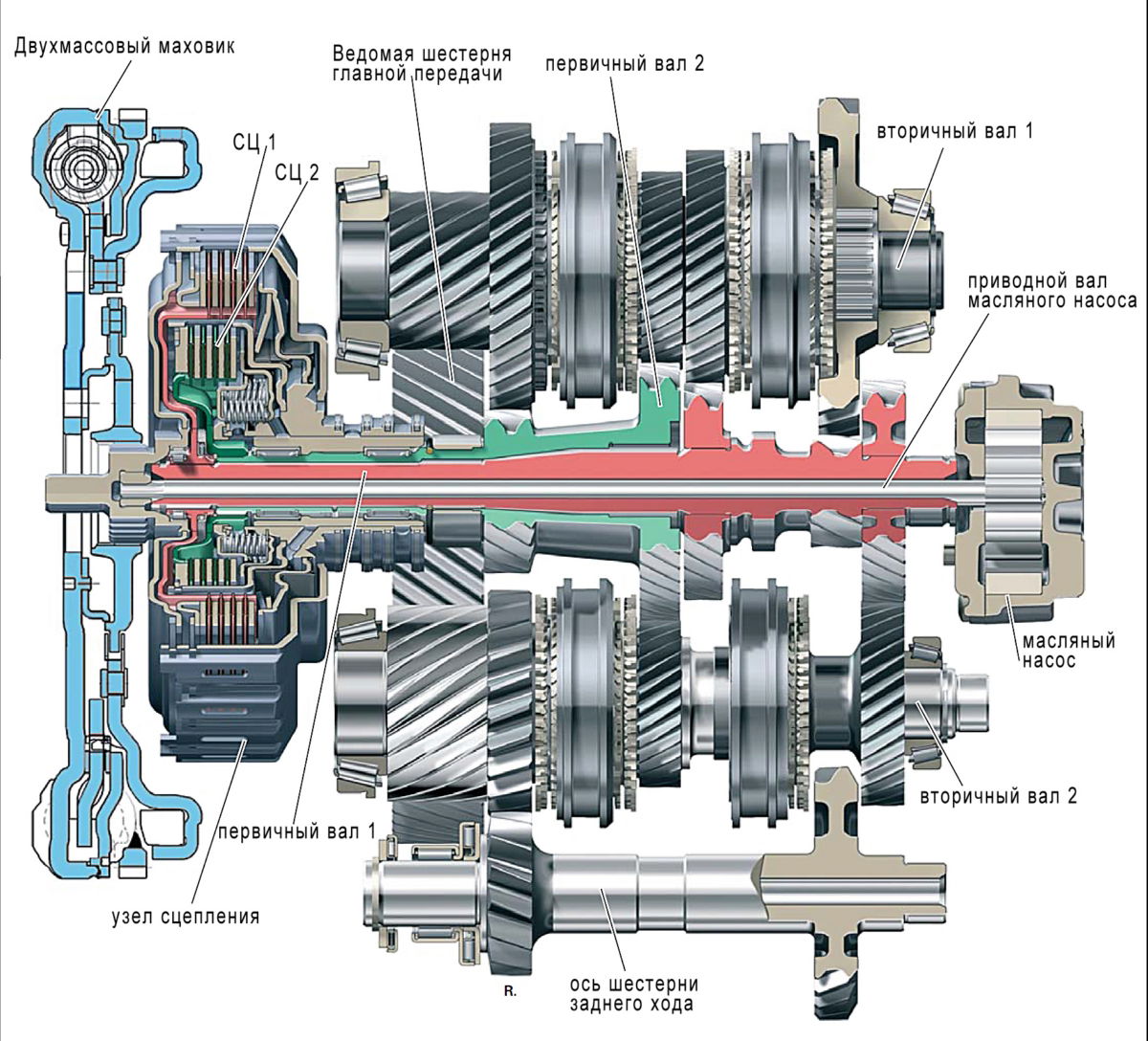Understanding DSG Gearbox (Transmission) Faults:

1. What is a DSG Transmission?A Direct-Shift Gearbox (DSG) transmission, also known as a dual-clutch transmission, is a sophisticated and advanced type of transmission commonly found in modern vehicles. Unlike traditional automatic transmissions, a DSG transmission uses two separate clutches, allowing for quick and seamless gear shifts. This design enhances performance, fuel efficiency, and overall driving experience.
2. Common DSG Transmission FaultsDSG transmission faults can arise for various reasons, ranging from mechanical issues to electrical malfunctions. It is crucial to recognize the signs of these faults early on to prevent further damage and costly repairs. Here are some common DSG transmission faults to watch out for:
2.1. Delayed or Jerky Gear Shifting
One of the most noticeable signs of a DSG transmission fault is delayed or jerky gear shifting. You may experience a hesitation or sudden lurching sensation during gear changes, which can negatively impact your vehicle's performance and driving comfort.
2.2. Transmission Warning Lights
If your vehicle's onboard computer detects an issue with the DSG transmission, it will likely trigger a warning light on your dashboard. Ignoring these warning lights can lead to more severe problems down the line, so it is crucial to address them promptly.
2.3. Loss of Power or Slipping GearsA faulty DSG transmission may result in a loss of power or slipping gears. This can manifest as decreased acceleration or RPM (revolutions per minute) fluctuations while driving. If you notice these symptoms, it is essential to seek professional assistance to avoid further damage.
2.4. Leaking Transmission FluidAnother sign of a potential DSG transmission fault is the presence of leaking transmission fluid. Leaks can occur due to damaged seals, gaskets, or other components, and should not be overlooked. If left unaddressed, leaking transmission fluid can lead to more severe transmission issues.
3. Causes of DSG Transmission Faults
Understanding the causes behind DSG transmission faults can help you identify the root of the problem and take appropriate action. Here are some common causes of DSG transmission faults:
3.1. Clutch and Mechatronic Unit Issues
The clutch and mechatronic unit play crucial roles in the smooth operation of a DSG transmission. Faulty clutches or mechatronic units can lead to various transmission issues, including gear shifting problems and loss of power.
3.2. Low Transmission Fluid Levels or ContaminationInsufficient transmission fluid or contaminated fluid can cause DSG transmission faults. Low fluid levels can result from leaks, while contamination can occur due to debris or internal component wear. Regularly checking and maintaining proper fluid levels is vital for the health of your DSG transmission.
3.3. Electrical Malfunctions
Modern DSG transmissions heavily rely on electrical components for precise control and coordination. Electrical malfunctions, such as faulty sensors or wiring issues, can disrupt the transmission's normal operation and lead to various faults.
4. Diagnosing and Resolving DSG Transmission Faults
When faced with a DSG transmission fault, it is crucial to diagnose the issue accurately and take appropriate measures to resolve it. Here are some steps you can take:
- Professional Diagnostics:
- To accurately diagnose a DSG transmission fault, it is advisable to consult a qualified mechanic or a specialized transmission repair shop. They have the necessary expertise and diagnostic tools to identify the underlying cause of the issue.
- Transmission Fluid Inspection and Replacement:
- As mentioned earlier, proper transmission fluid levels and quality are essential for the smooth operation of a DSG transmission. During the diagnostic process, the mechanic will inspect the transmission fluid for any signs of contamination or low levels. If necessary, they will replace the fluid with the manufacturer-recommended type to restore optimal performance.
- Clutch and Mechatronic Unit Evaluation:
- In cases where the fault lies with the clutches or mechatronic unit, the mechanic will perform a detailed evaluation. They will inspect these components for wear, damage, or any other issues that may affect their functionality. If necessary, they will recommend repair or replacement to restore the transmission's proper operation.
- Electrical System Check:
- To address electrical malfunctions, the mechanic will conduct a thorough check of the transmission's electrical system. They will inspect and test various components, such as sensors, wiring, and control modules, to identify any faults or abnormalities. Based on their findings, they will carry out the necessary repairs or replacements to rectify the electrical issues.
- Final Steps and Conclusion:
- After diagnosing and resolving the specific DSG transmission fault, the mechanic will perform additional tests to ensure the effectiveness of the repairs. They will conduct a road test and monitor the transmission's performance to verify that the fault has been successfully addressed. Finally, they will provide you with detailed feedback, recommendations for ongoing maintenance, and any additional steps you may need to take to prevent similar issues in the future.
By following these steps and entrusting your DSG transmission to a reputable and experienced professional, you can effectively diagnose and resolve faults, ensuring the longevity and optimal performance of your vehicle
.At Andre's Gearbox, Diff & Service Centre we are dedicated to providing you with the latest insights and information on maintaining and troubleshooting your vehicle's DSG transmission. Stay tuned for more expert advice and guides to help you navigate the world of automotive maintenance and ensure a smooth driving experience.


